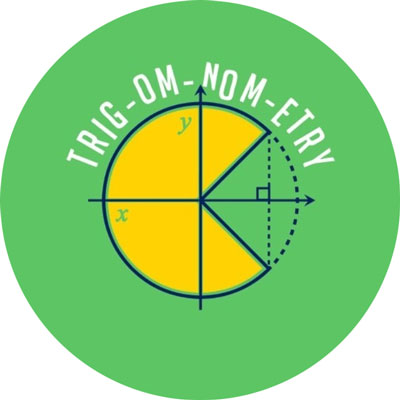Triangles and TrigonometryTrigonometry
So far we have seen relationships between the angles of triangles (e.g. they always sum up to 180°) and relationships between the sides of triangles (e.g. Pythagoras). But there is nothing that connects the size of angles and sides.
For example, if I know the three sides of a triangle, how do I find the size of its angles – without drawing the triangle and measuring them using a protractor? This is where Trigonometry comes in!

Imagine we have a right-angled triangle, and we also know one of the two other angles, α. We already know that the longest side is called the hypotenuse. The other two are usually called the adjacent (which is next to angle α) and the opposite (which is opposite angle α).
There are many different triangles that have angles α and 90°, but from the

Since all of these triangles are similar, we know that their sides are proportional. In particular, the following ratios are the same for all of these triangles:
Let’s try to summarise this: we picked a certain value for α, and got lots of similar, right-angled triangles. All of these triangles have the same ratios of sides. Since α was our only variable, there must be some relationship between α and those ratios.
These relationships are the Trigonometric functions – and there are three of them:
The three Trigonometric functions are relationships between the angles and the ratios of sides in a right-angles triangle. They each have a name, as well as a 3-letter abbreviation:
- Sine:
sin α = Opposite Hypotenuse - Cosine:
cos α = Adjacent Hypotenuse - Tangent:
tan α = Opposite Adjacent
COMING SOON – More on Trigonometry
Inverse Trignometric Functions
COMING SOON – Inverse functions